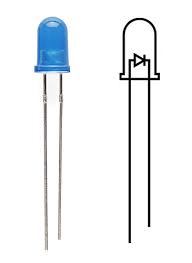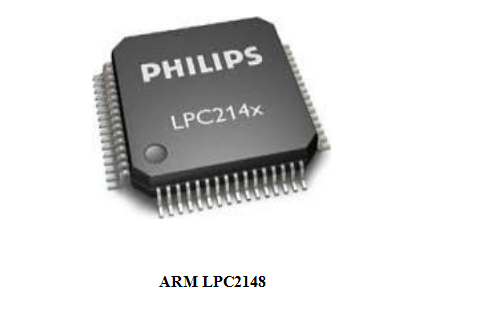
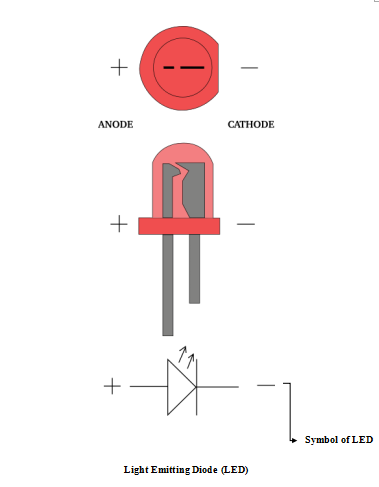
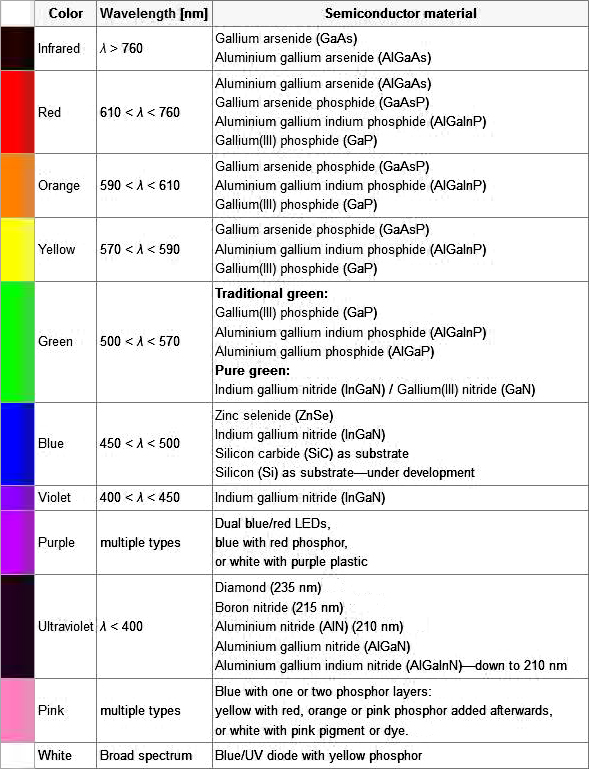
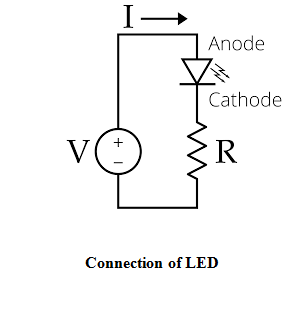
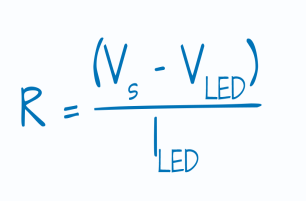
Low-current
Standard
Ultra-high-output
Applications
/* Name : main.c
* Purpose : Source code for LED Interfacing with ARM LPC1248.
* Author : Gemicates
* Date : 2018-08-01
* Website : www.gemicates.org
* Revision : None
*/
#include<lpc21xx.h> //header file for LPC21XX series
void delay(int time) //delay function declaration
{
int i,j; //This function produces a delay in msec
for(i=0;i<time;i++)
{
for(j=0;j<i;j++);
}
}
int main() //main function
{
PINSEL0=0X00000000; //select PORT0 as GPIO mode
IO0DIR=0XFFFFFFFF; //make PORT0 pin as Output mode
while(1) //Repeat(loop) forever
{
IO0SET=0X55555555; //Set the PORT0 pins
delay(900); //hault for sometime
IO0CLR=0X55555555; //clear the PORT0 pins
IO0SET=0XAAAAAAAA; //Set the PORT0 pins
delay(900); //hault for sometime
IO0CLR=0XAAAAAAAA; ` //clear the PORT0 pins
}
return 0; //return back to main function
}
